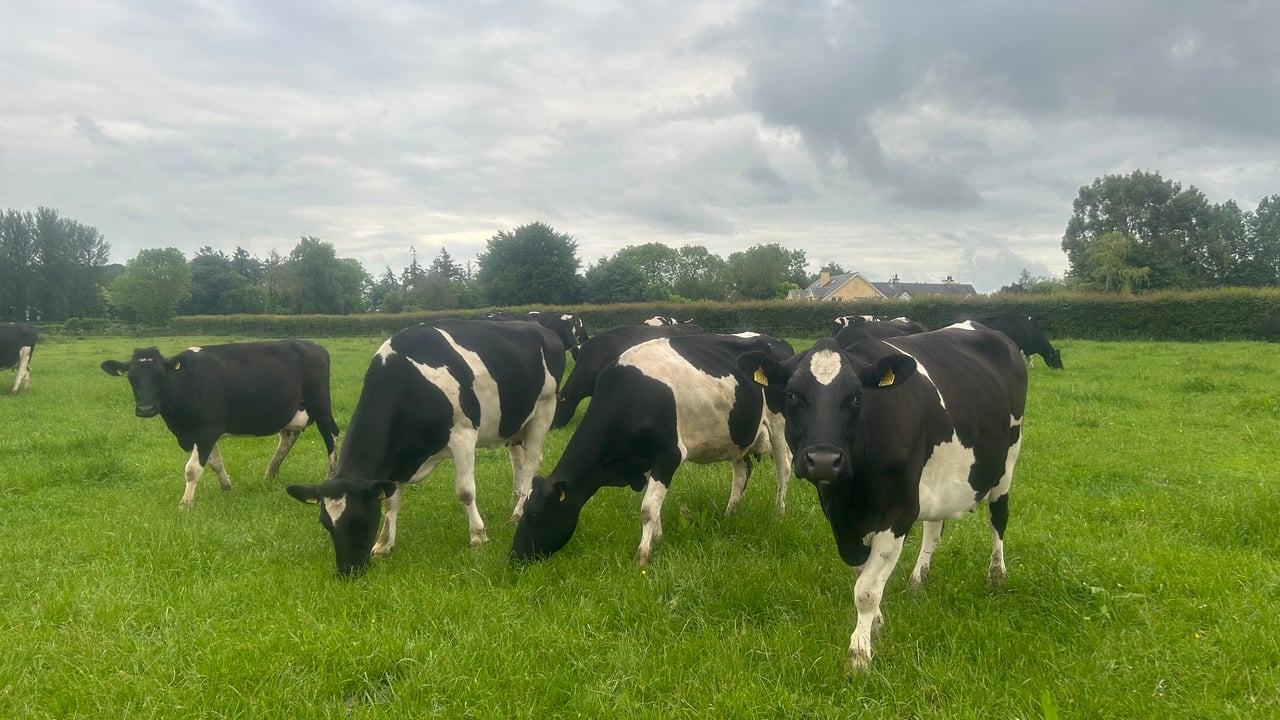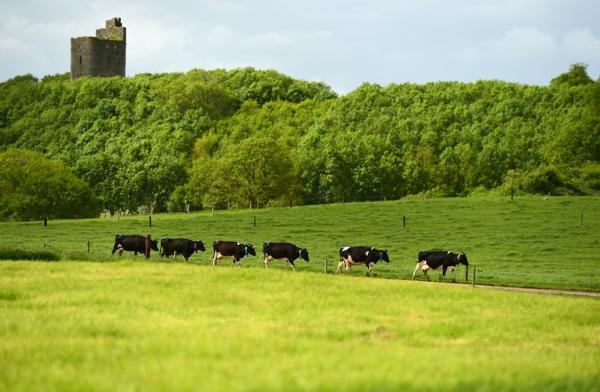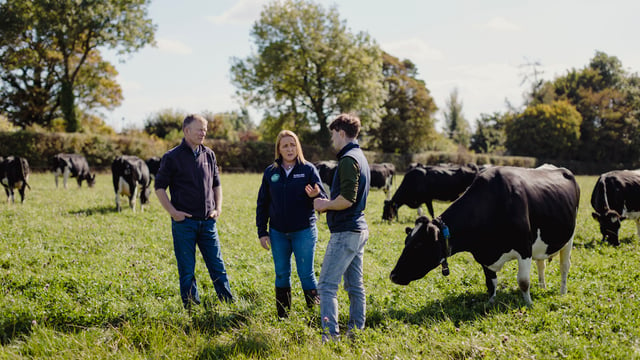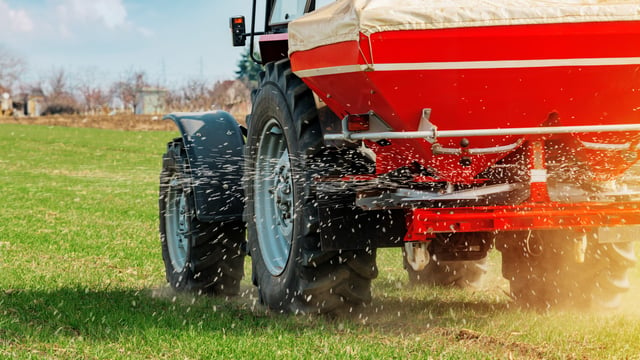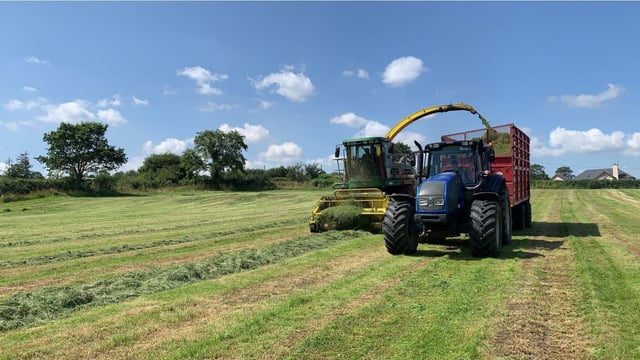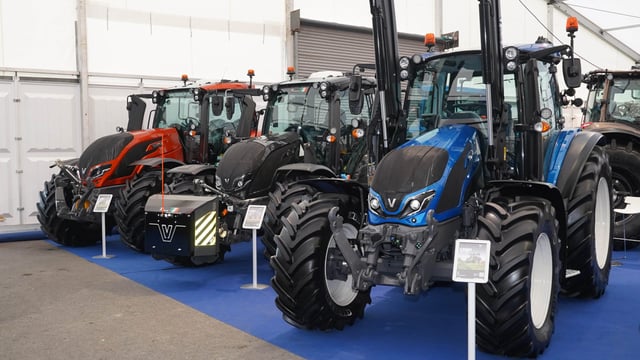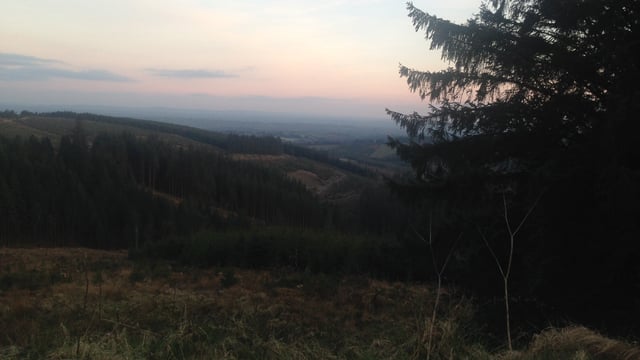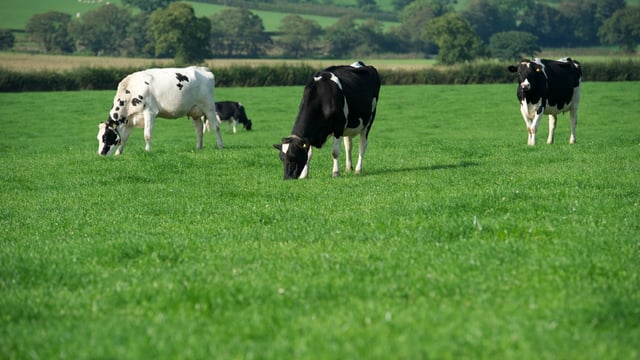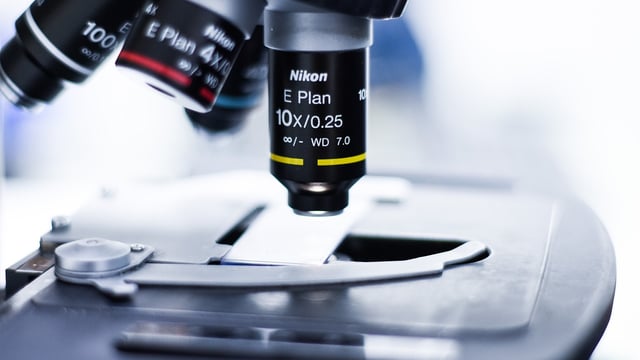Dairy farmers urged to reduce bought in feed and focus on grass to boost profits
Future Irish dairy farms must become "more resilient by minimising reliance on external inputs" according to Professor Laurence Shalloo, head of the Animal and Grassland Programme in Teagasc Moorepark.
Speaking in advance of the Teagasc Moorepark Dairy Open Day, which will take place tomorrow, (Wednesday, July 2) Prof. Shalloo said that grazed pasture must be at the system’s foundation "due to its low cost and impact on profitability and overall sustainability".
The theme of the 2025 Moorepark Dairy Open Day is ‘Innovating for the future’.
According to Prof. Shalloo, the dairy industry is facing a number of "challenging conditions", including changing environmental policies, system creep, variable pasture production, increased reliance on concentrate supplementation, and an economy operating at full employment.
Dairy industry
However, he also acknowledged that over the last 10-year period, there have significant changes for farmers.
"The Irish dairy industry has undergone a remarkable transformation since the removal of EU milk quotas in 2015.
"Since preparation for their removal began in the 2007-2009 period, and up to 2022, milk solids output increased by over 96%," Prof Shalloo added.
There was a reduction in output between 2022 and 2023 but Prof. Shalloo also highlighted that milk solids output increased by 1% in 2024.
According to the head of Animal and Grassland Research and Innovation Programme atTeagasc, Moorepark, this increased output has been achieved through increased cow numbers, increased milk yield per cow, increased fat and protein percentages, increased stocking rate, and additional land entering the dairy industry.
"The industry must navigate challenging conditions brought about by changing environmental policies, system creep, variable pasture production, increased reliance on concentrate supplementation, and an economy operating at full employment, all amid ongoing uncertainty in policy and trade conditions.," he added.
Building resilience
According to Prof. Shalloo, dairy farmers now need to place a major focus on grass growth and grass utilisation and he has underlined that in 2023/2024, "home-grown forage made up 78% of cow diets, with the target for this to exceed 90%".
PastureBase Ireland data shows that even in challenging years like 2023 and 2024 individual farms can grow up to 15 t DM/ha with the national average of 10.4 t DM/ha back calculated from National Farm Survey (NFS) data.
According to Prof. Shalloo, this data highlights the "potential for increased pasture growth to increase carrying capacity while reducing external feeds."
He has also stressed the need for dairy farmers to embrace the Economic Breeding Index (EBI), with a cow suited to grazing systems, and he added that "embracing technology will reduce labour demand and increase work life balance".
"A well-optimised system where feed supply and demand are balanced, improves profitability, lowers emissions, and enhances nutrient balance and biodiversity, while providing an increasingly rewarding and satisfying work environment," Prof. Shalloo added.
However he has also warned that inflationary pressures including the Ukraine war, the Covid pandemic, and more recently trade issues together combined with weather related pressures have taken the focus away from from pasture management and utilisation and has driven costs up on farms.
According to Prof. Shalloo, this is particularly evident in relation to the costs per unit of milk which have increased by over 50% between 2020 and 2024.
He believes these pressures are "particularly evident when milk price is reduced (e.g. 2023)" and expressed that "there is an urgent requirement to refocus on cost control at farm level."
Other key areas that will be highlighted tomorrow at Moorepark 2025 will include how grass silage and concentrates are three and four times more expensive than grazed grass.
Prof. Shalloo said this is why farmers need to focus on getting more grass into the cow's diet to maximise profitability.
The key to this process and the key to building resilience on farms, according to Shalloo, "is increasing pasture utilisation per hectare and reducing the proportion of bought in feed in the diet of dairy cows".
Agriland will bring you In-depth coverage of the Teagasc Moorepark Dairy Open Day tomorrow, including the latest research in the dairy industry and best practice options for your farm.

